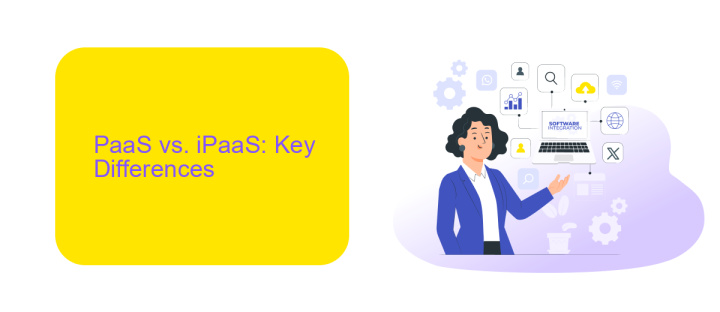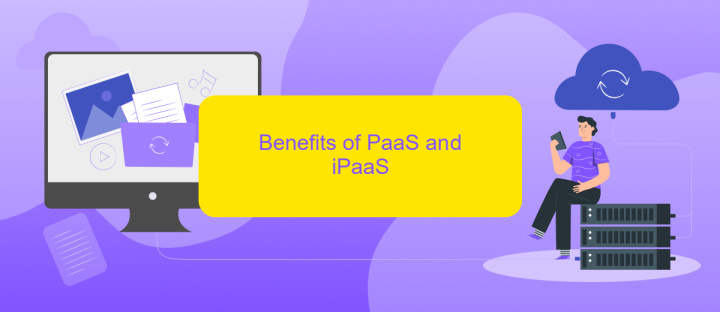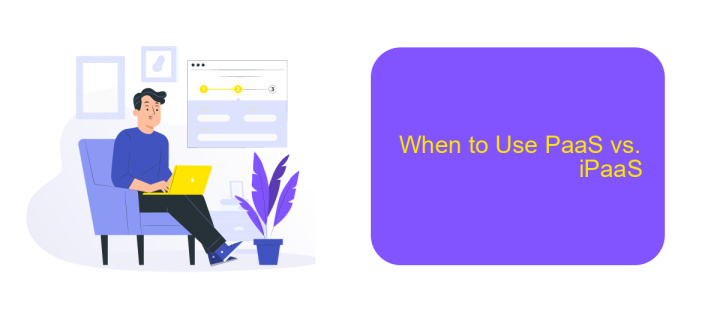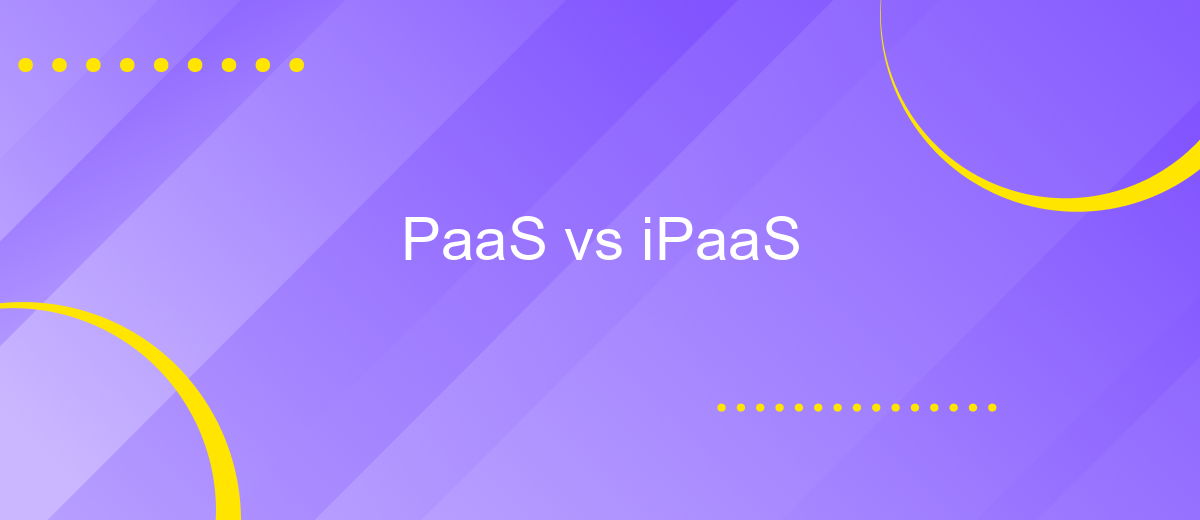PaaS vs iPaaS
In today's rapidly evolving tech landscape, businesses are increasingly turning to cloud solutions to streamline operations and drive innovation. Two prominent models in this space are Platform as a Service (PaaS) and Integration Platform as a Service (iPaaS). Understanding the key differences between PaaS and iPaaS is crucial for organizations aiming to optimize their cloud strategy and achieve seamless integration.
Introduction
In today's rapidly evolving digital landscape, businesses are constantly seeking ways to streamline their operations and improve efficiency. Two popular solutions that have emerged to address these needs are Platform as a Service (PaaS) and Integration Platform as a Service (iPaaS). While both offer unique advantages, understanding their differences is crucial for making informed decisions.
- PaaS: Provides a platform allowing customers to develop, run, and manage applications without the complexity of building and maintaining the infrastructure.
- iPaaS: Offers tools to integrate various software applications and services, enabling seamless data flow between them.
Choosing between PaaS and iPaaS depends on your specific needs. For instance, if your primary goal is to integrate multiple applications effortlessly, services like ApiX-Drive can be invaluable. ApiX-Drive simplifies the integration process, allowing businesses to connect different software solutions without extensive coding. By leveraging such tools, companies can enhance productivity and focus on their core activities.
PaaS vs. iPaaS: Key Differences

PaaS (Platform as a Service) and iPaaS (Integration Platform as a Service) serve different purposes in the cloud computing ecosystem. PaaS provides a platform allowing customers to develop, run, and manage applications without dealing with the complexity of building and maintaining the underlying infrastructure. It is ideal for developers who need a robust environment to create and deploy applications swiftly. PaaS solutions offer various tools and services, such as databases, development frameworks, and application hosting, which streamline the development process and reduce time-to-market.
On the other hand, iPaaS focuses on integrating various applications and services. It is designed to connect disparate systems, enabling seamless data flow and process automation across multiple platforms. For example, ApiX-Drive is a popular iPaaS solution that helps businesses automate workflows by integrating different apps and services without coding. While PaaS is geared towards application development, iPaaS is essential for ensuring that these applications can communicate and work together efficiently. Thus, the key difference lies in their primary functions: PaaS for development and deployment, and iPaaS for integration and automation.
Benefits of PaaS and iPaaS

Platform as a Service (PaaS) and Integration Platform as a Service (iPaaS) offer distinct advantages for businesses looking to streamline operations and enhance productivity. PaaS provides a comprehensive environment for developers to build, deploy, and manage applications without worrying about underlying infrastructure, while iPaaS focuses on integrating various cloud services and on-premises applications seamlessly.
- Scalability: Both PaaS and iPaaS allow businesses to scale their operations quickly and efficiently.
- Cost-Effectiveness: By eliminating the need for extensive hardware and software investments, these platforms reduce overall costs.
- Enhanced Collaboration: PaaS facilitates better collaboration among development teams, while iPaaS ensures smooth data flow across different departments and systems.
- Rapid Deployment: Both platforms enable faster deployment of applications and integrations, accelerating time-to-market.
- Security: Robust security features are integrated into both PaaS and iPaaS, ensuring data protection and compliance.
Using services like ApiX-Drive, businesses can further simplify the integration process by automating data transfers between various applications. ApiX-Drive offers a user-friendly interface and a wide range of pre-built connectors, making it easier to set up and manage integrations without requiring extensive technical expertise.
When to Use PaaS vs. iPaaS

Choosing between PaaS (Platform as a Service) and iPaaS (Integration Platform as a Service) depends on your specific business needs. PaaS is ideal for developers looking to build, deploy, and manage applications without worrying about the underlying infrastructure. It provides a comprehensive environment with tools, libraries, and frameworks necessary for application development.
On the other hand, iPaaS is designed for organizations that need to integrate various applications and data sources. It offers a streamlined way to connect disparate systems, ensuring seamless data flow and process automation. This is particularly useful for businesses that rely on multiple software solutions and need them to work together efficiently.
- Use PaaS when you need a development and deployment environment for your applications.
- Choose iPaaS when you require robust integration capabilities between different software systems.
- Opt for PaaS if your focus is on building custom applications quickly and efficiently.
- Select iPaaS if you need to automate workflows and ensure data consistency across platforms.
For instance, services like ApiX-Drive can facilitate integrations by connecting various applications without the need for extensive coding. This can be a significant advantage when using iPaaS, as it allows businesses to streamline operations and improve productivity.
Conclusion
In conclusion, the choice between PaaS and iPaaS largely depends on your organization's specific needs and goals. PaaS offers a robust environment for developers to build, test, and deploy applications quickly, providing the scalability and flexibility required for dynamic projects. On the other hand, iPaaS excels in integrating various applications and data sources, ensuring seamless communication and data flow across different systems.
For businesses that need to streamline their integration processes, tools like ApiX-Drive can be invaluable. ApiX-Drive simplifies the setup of integrations between multiple services, allowing companies to automate workflows and enhance productivity without extensive coding knowledge. Ultimately, understanding the strengths and limitations of both PaaS and iPaaS will enable you to make an informed decision that aligns with your technological and operational objectives.
- Automate the work of an online store or landing
- Empower through integration
- Don't spend money on programmers and integrators
- Save time by automating routine tasks
FAQ
What is the main difference between PaaS and iPaaS?
Can PaaS and iPaaS be used together?
What are the benefits of using iPaaS?
How does iPaaS handle data security?
Can iPaaS be used for non-technical users?
Time is the most valuable resource for business today. Almost half of it is wasted on routine tasks. Your employees are constantly forced to perform monotonous tasks that are difficult to classify as important and specialized. You can leave everything as it is by hiring additional employees, or you can automate most of the business processes using the ApiX-Drive online connector to get rid of unnecessary time and money expenses once and for all. The choice is yours!


